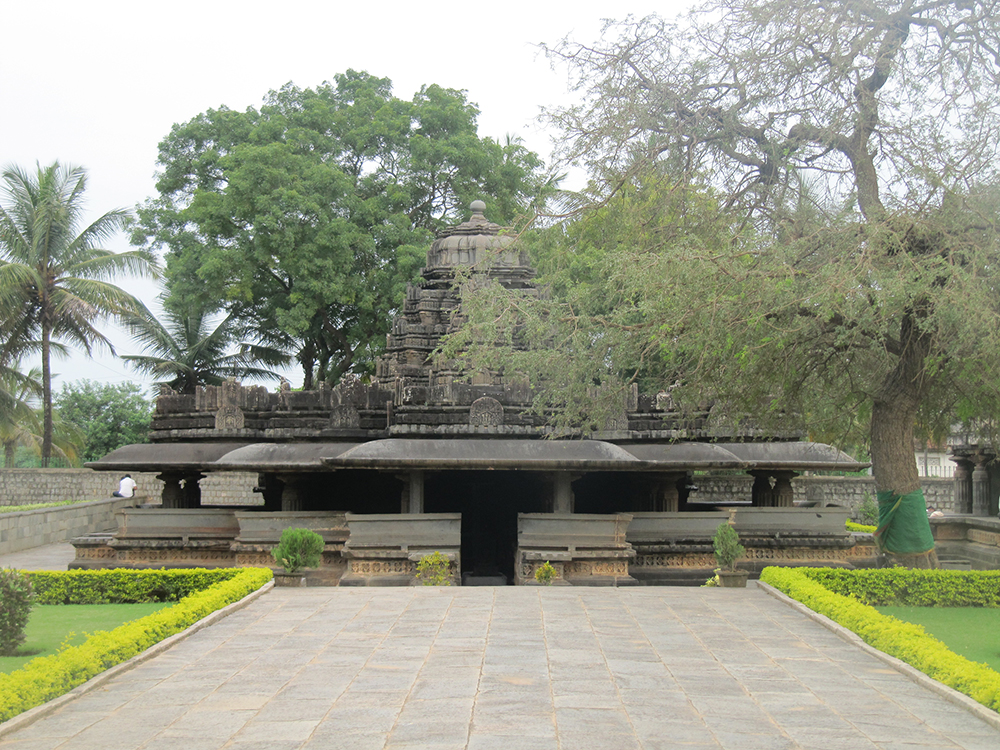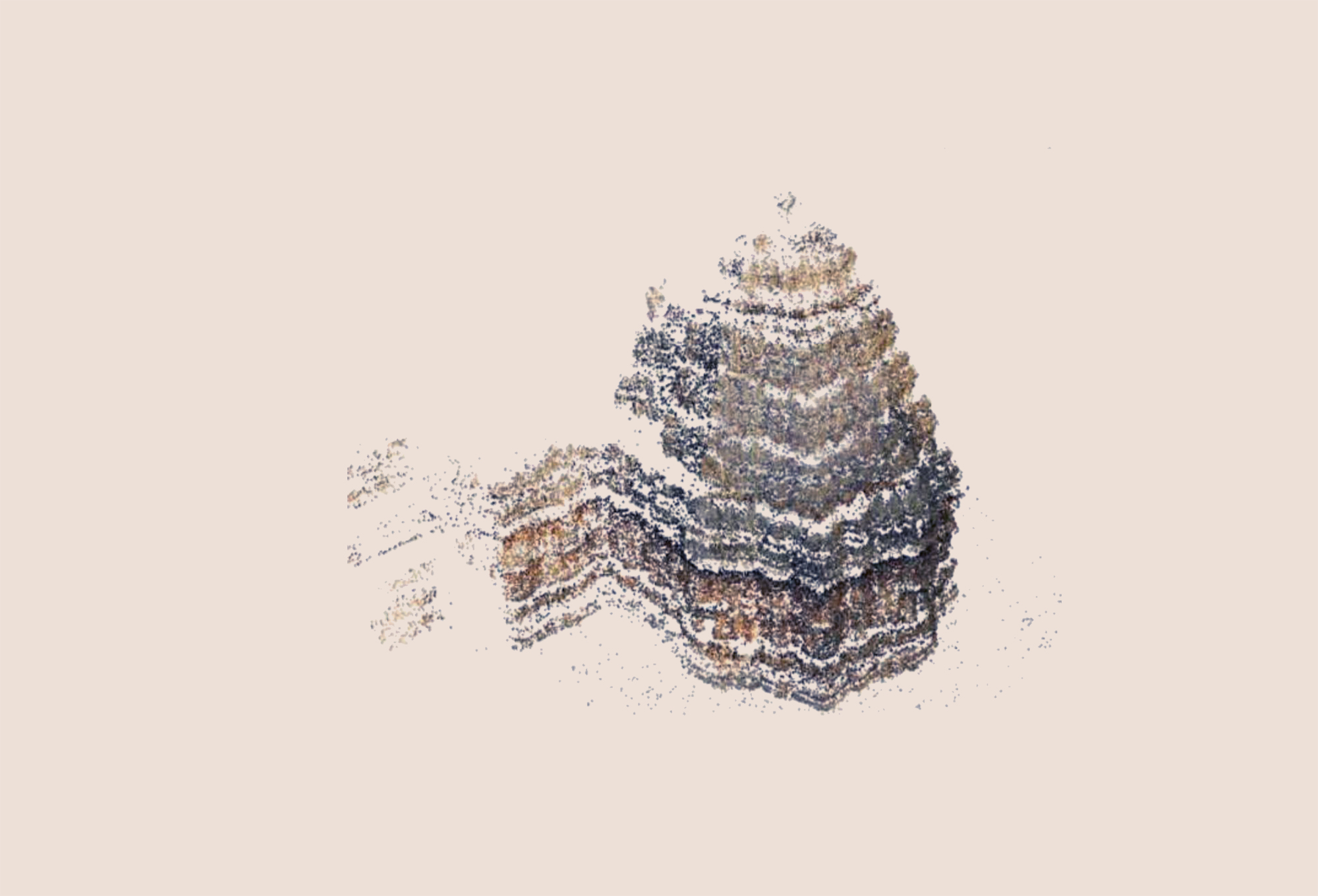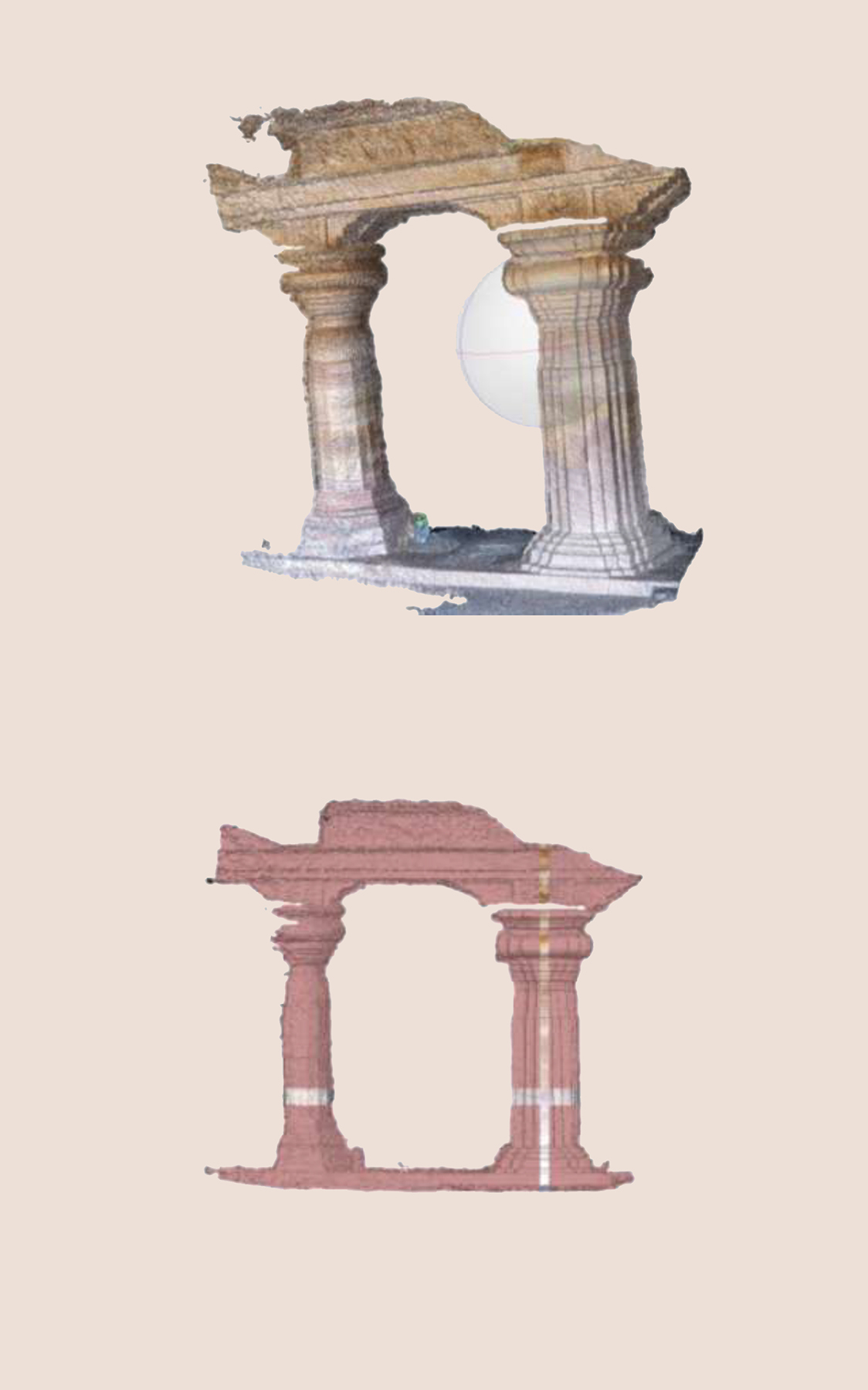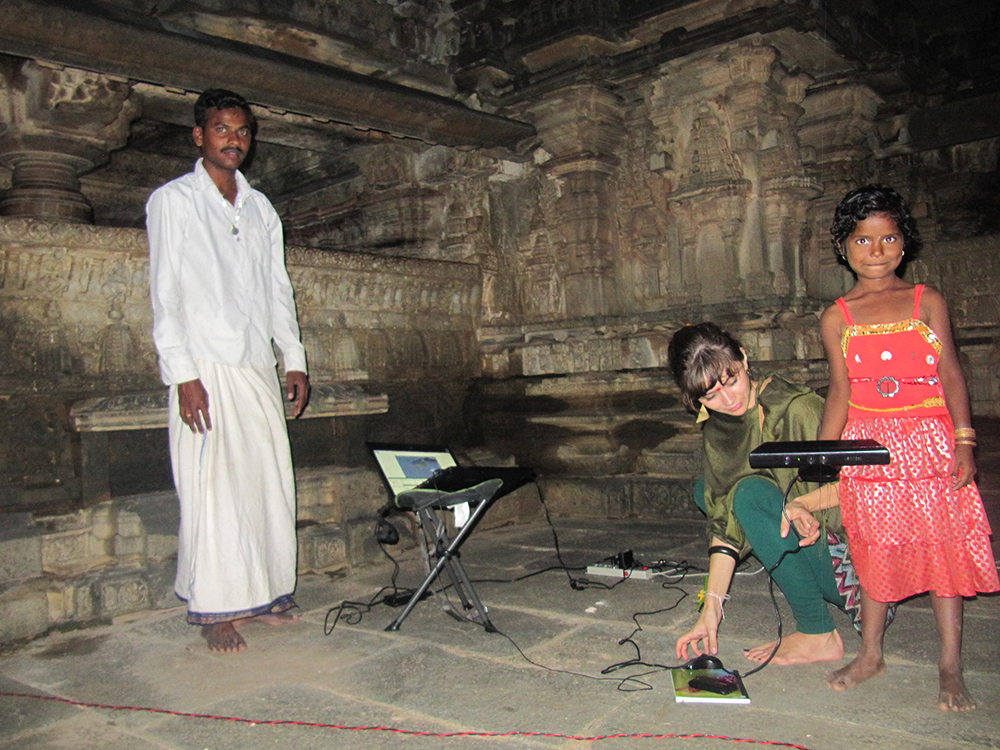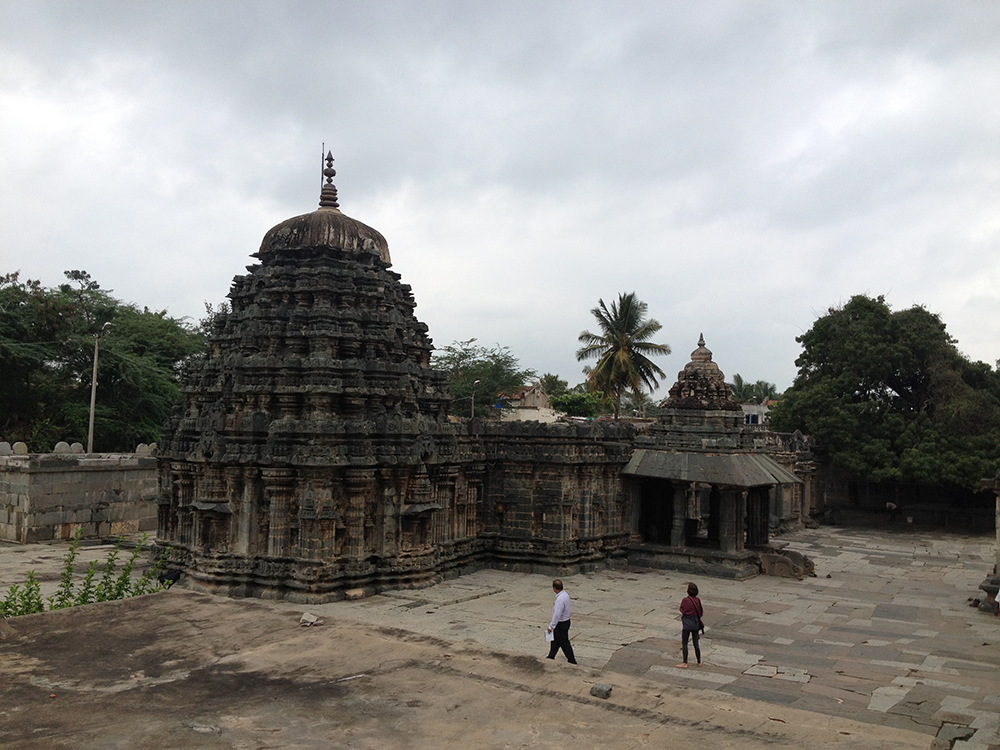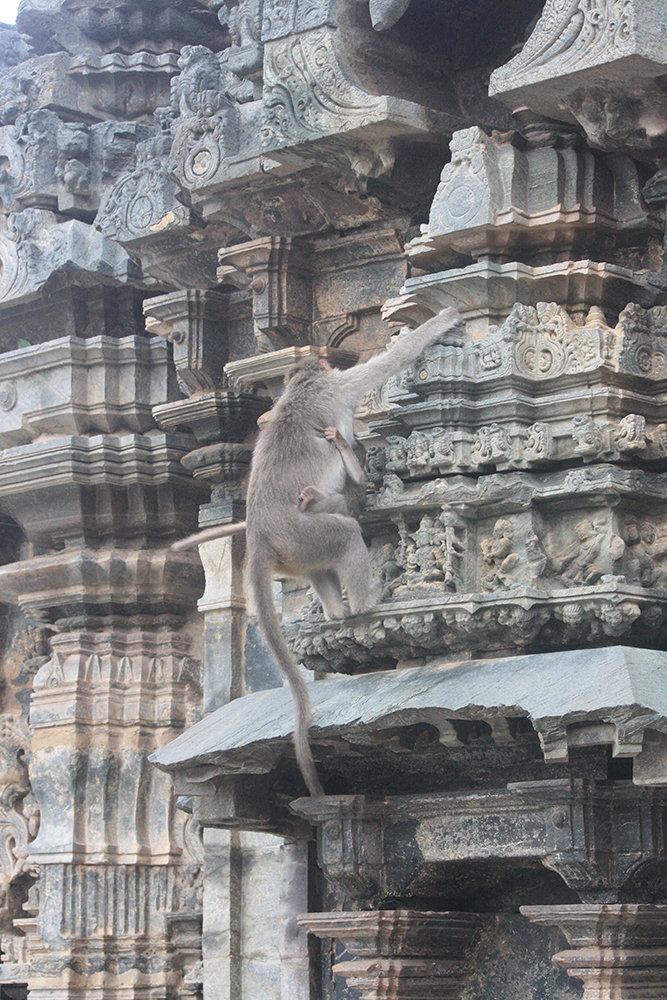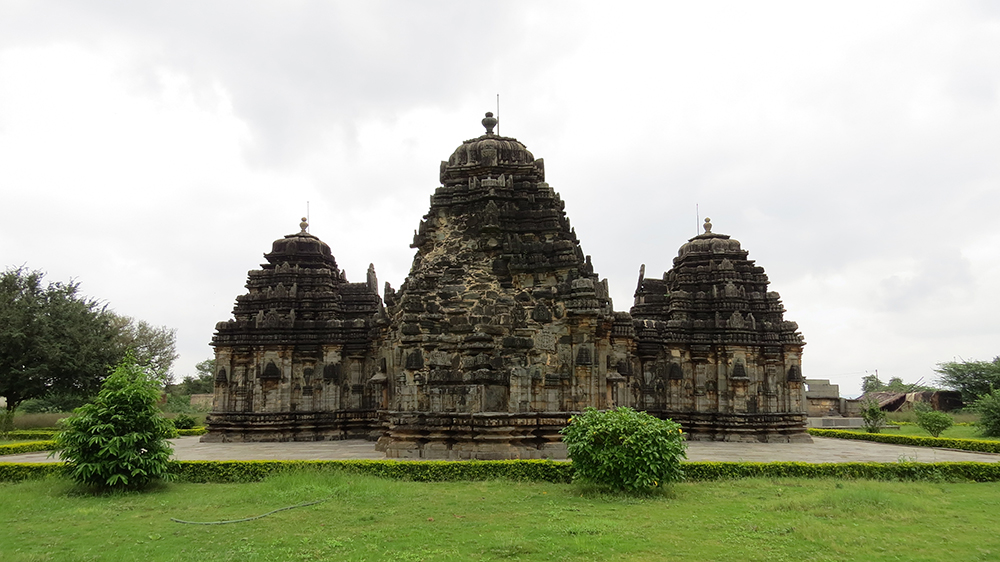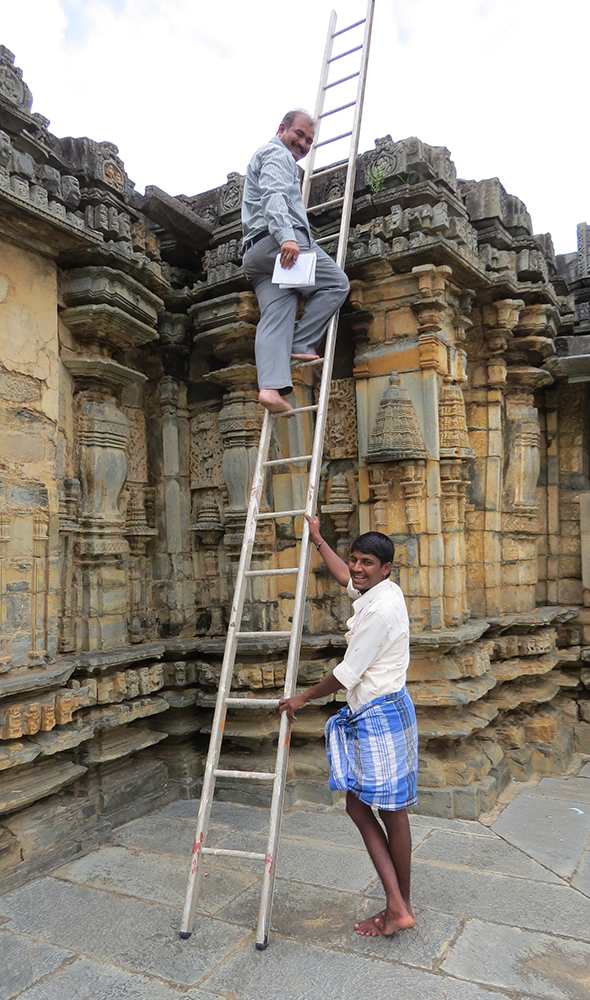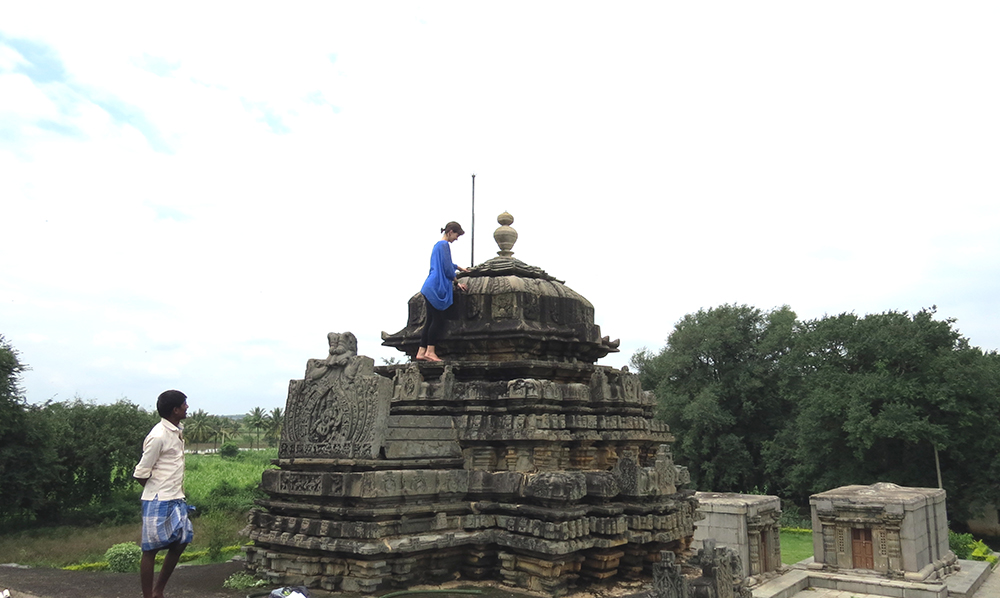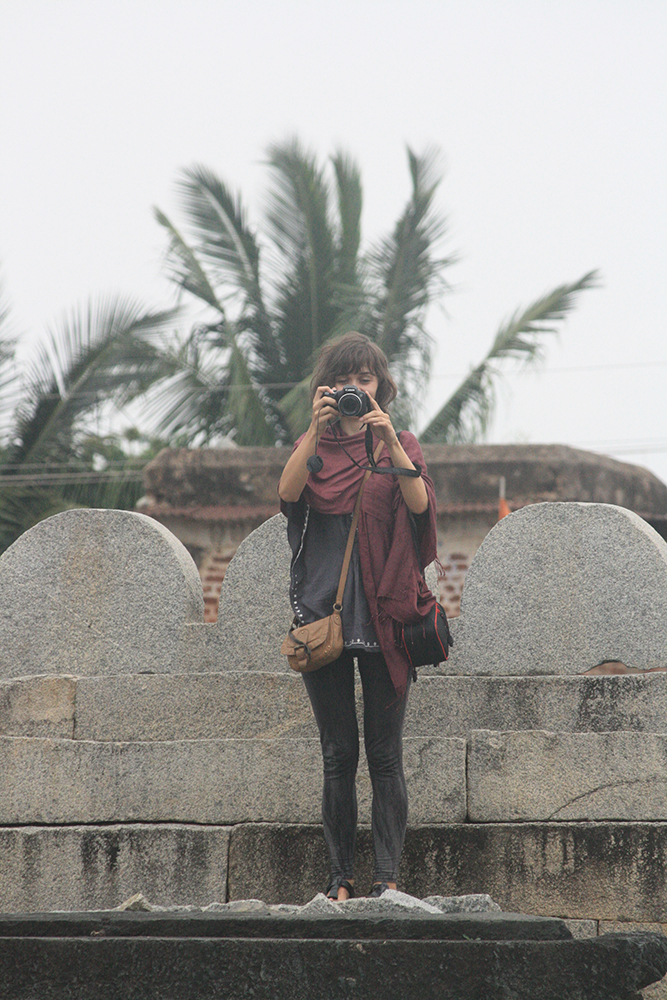Kalyani Chalukya Temples
Research project
Parametric Design Principles Found in Ancient Indian Temple Architecture
Case Examples of Columns of Kalyani Chalukya Period of Karnataka design development in temple architecture, 3D scanning of heritage buildings, path and profile theory
Traditional Indian temple architecture often has a very high degree of complex geometry embedded in its construction. The predominantly stone constructions during the period of Kalyani Chalukya period exhibit a highly sophisticated form generative logic in its visibly complex geometry. This is not only of the form at the micro level elements but also at the macro level elements and even in the overall form generation of its “sikharas”. This research investigates the possibilities of these parametric form generative principles embedded in the temple designs. It is done by comparing the 3D scanned models of the temples acquired from Laser scans, photogrammetric and infrared scanners with that of models generated using computational methods in CAD environment with only a few parameters. The virtual 3D model is tested for similarity or anomalies in both geometries through geometrical investigations of few selected examples of columns, “sikharas”, plinths and “vimanas” of temples.
Credits
Authors
Kailas Rao
M.Arch (architectural conservation), PhD
MIT Manipal University, Department of Architecture
Dr B. S. Bhooshan
Professor and Research Advisor, Department of Architecture
BMS College of Engineering Bangalore
Project Assistant
Ljubica Arsić
Type
Scientific Research, MIT Manipal Institute of Technology, India
Location
Karnataka, India
Year
2013

